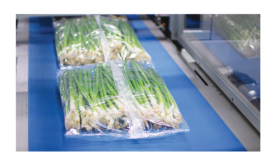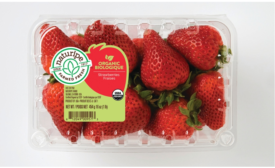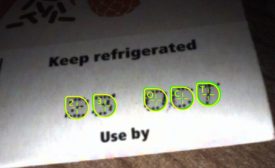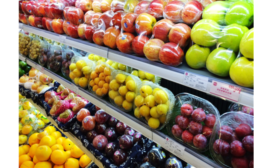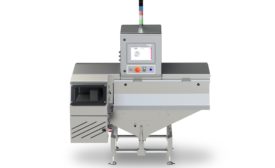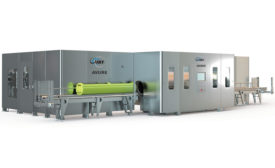Produce Packaging
Sustainability Advantages of High Pressure Food Processing
How HPP cuts waste, lowers emissions and helps build a healthier, safer planet.
January 23, 2019
Embracing Sustainability in Food and Beverage Processing
Tackling Ethical Consumption in a Growing World
January 23, 2019
Keep the info flowing with our eNewsletters!
Get the latest industry updates tailored your way.
JOIN TODAY!Copyright ©2025. All Rights Reserved BNP Media.
Design, CMS, Hosting & Web Development :: ePublishing

